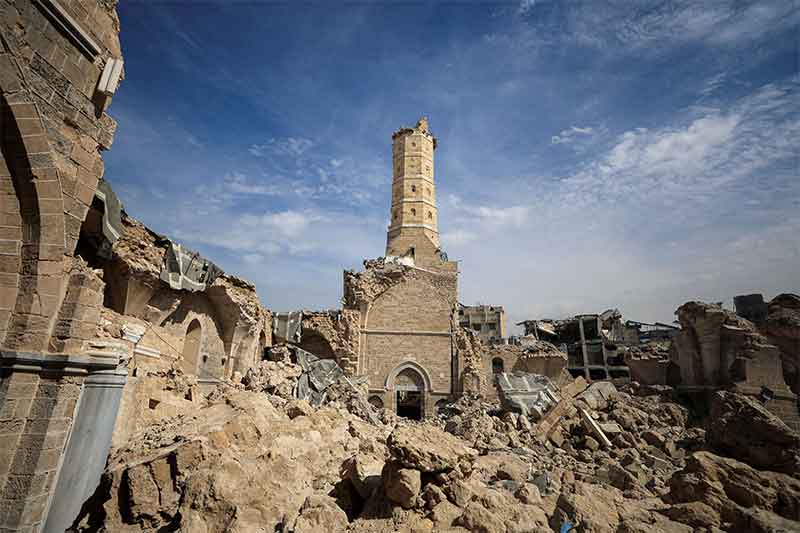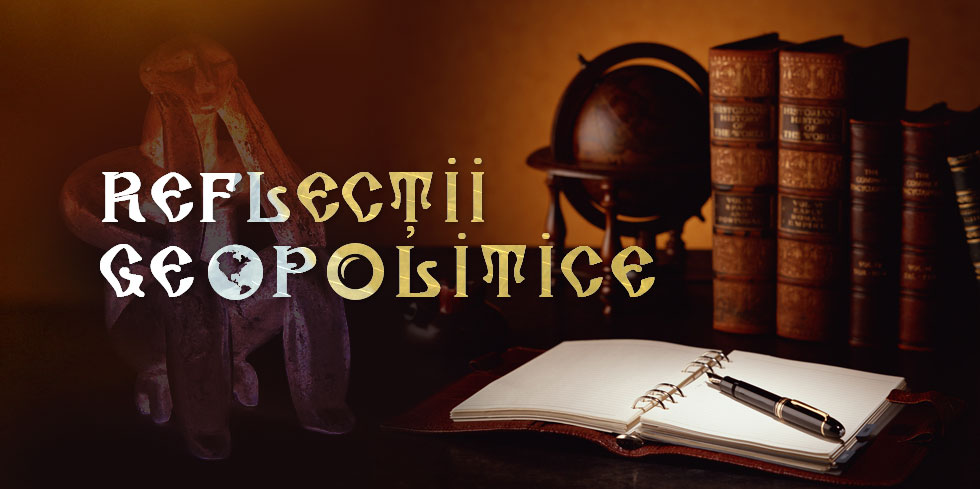
Israel’s large-scale military assault on Gaza City, marked by repeated and systematic bombardment of historic neighbourhoods, houses of worship, libraries, museums, archives, cemeteries, ancient homes, old markets, and the surrounding urban fabric, threatens to erase what remains of the city’s tangible and intangible heritage in its entirety.
This destruction forms part of a declared policy to eliminate Gaza and forcibly displace its residents, constituting a flagrant attack on cultural property protected under international humanitarian law and the 1954 Hague Convention for the Protection of Cultural Property.
Such actions demand urgent intervention from UNESCO and state parties to halt the devastation, document the damage, secure restoration, ensure accountability, and prevent Gaza from being turned into a land stripped of memory and identity.
This assault goes far beyond killing thousands of civilians and destroying their homes. It deliberately targets historical, archaeological, religious, and cultural sites in Gaza,especially in Gaza City,as part of an ongoing colonial-settler strategy aimed at erasing the material and spiritual symbols of the Palestinian people. The result is an irreparable loss of collective memory that has shaped Palestinian identity for centuries.
By 18 August 2025, UNESCO had already documented and assessed damage to 110 sites across Gaza since 7 October 2023. These included 13 religious sites, 77 buildings of historical or artistic importance, three repositories of movable cultural property, nine monuments, one museum, and seven other archaeological sites. The extent of the destruction illustrates the systematic targeting of Palestinian heritage and the looming threat of its complete erasure.
The escalating Israeli military campaign, ongoing for more than a month with the objective of seizing Gaza City and displacing its residents, marks an additional step towards completing the wholesale destruction of Gaza’s landmarks, including its historical and archaeological areas. This destruction is irreversible.
The attacks permanently extinguish any chance of restoring damaged sites and instead move toward the erasure of even those not yet harmed. Israel’s approach of levelling entire areas, through the use of booby-trapped vehicles, aerial and artillery bombardment, as well as bulldozers and heavy machinery, ensures that the destruction is deliberate and total.
Gaza’s Old City, rich with historic homes, ancient landmarks such as the Great Omari Mosque and the Church of Saint Porphyrius, as well as old markets, Ottoman and Mamluk-era buildings, is now at imminent risk of complete destruction under relentless bombardment and the expected expansion of ground operations.
Several of these sites have already suffered severe damage: the Omari Mosque has lost much of its structure, the Church of Saint Porphyrius has been damaged, and old markets and neighbourhoods have sustained heavy destruction. Any further targeting will erase them entirely, eliminating any possibility of future restoration.
Past Israeli air and artillery strikes have already destroyed or damaged a large part of Gaza’s Old City, including 146 historic homes, in addition to mosques, churches, markets, and schools. The archaeological site of Anthedon Harbour, Gaza’s ancient port, dating back to the 8th century BCE and listed on UNESCO’s Tentative World Heritage List, was destroyed, as was the historic Beit al-Saqqa in Gaza’s Shuja’iyya neighbourhood, a 400-year-old site.
Other heritage landmarks, such as Tell Umm Amer (the Monastery of Saint Hilarion) dating back to the 4th century CE, have been severely affected by bombardment and bulldozing operations. UNESCO has placed this site on its List of World Heritage in Danger, granting it enhanced protection under the Hague Convention. The destruction signals a catastrophic loss of irreplaceable cultural treasures, further highlighting the breadth of Israel’s campaign against Palestine’s diverse heritage.
Israel’s relentless targeting of Gaza’s cultural heritage, seen as a guardian of identity and collective memory, forms part of the broader crime of genocide being carried out against Palestinians. It is a systematic effort to uproot and erase their connection to their land and history.
International humanitarian law absolutely prohibits the deliberate targeting of cultural and religious sites that are not legitimate military objectives. Such protection is a cornerstone of international custom, codified in the 1954 Hague Convention and its 1999 Second Protocol. Targeting and destroying cultural heritage sites constitutes a war crime under the Rome Statute of the International Criminal Court, a direct violation of the Hague Convention, and today represents a central dimension of the genocide being perpetrated against Palestinians—used as a tool to erase their identity and collective memory alongside mass killing, forced displacement, and widespread destruction.
The cultural and historical sites of Gaza form an integral part of world heritage. They belong not only to Palestinians but to humanity as a whole. Their destruction requires urgent action by the international community and its specialised agencies to safeguard this cultural heritage and hold Israel accountable for its violations, which amount to international crimes under international criminal law.
Continued destruction of these landmarks not only means the loss of stone and material heritage but also the erasure of Palestinian identity and the severing of their ties to history and civilisation. This is a systematic assault on collective memory and on the right of future generations to preserve their cultural and human legacy.
The United Nations and UNESCO must act immediately to protect cultural property in Gaza, placing threatened sites under emergency international protection. The Office of the Prosecutor of the International Criminal Court should include these crimes within its ongoing investigation into the situation in Palestine.
States—individually and collectively—must fulfil their legal obligations by taking immediate steps to halt the genocide in Gaza in all its forms. They must adopt effective measures to protect Palestinian civilians, ensure Israel’s compliance with international law and International Court of Justice rulings, and guarantee accountability for its crimes. Arrest warrants already issued by the ICC against Israel’s Prime Minister and former Defence Minister must be executed at the first opportunity, with further warrants issued and enforced to bring perpetrators before international justice.
The international community must also impose accountability through national and international courts, economic, diplomatic, and military sanctions on Israel, including a ban on arms sales and dual-use goods, suspension of political, financial, and military cooperation, freezing of assets of those responsible, travel bans, and suspension of trade agreements that provide Israel with benefits enabling it to sustain its crimes.
Immediate action is required to address the root causes of the Palestinian people’s suffering and oppression over the past 77 years. This includes guaranteeing their right to live in freedom and dignity, ensuring self-determination in line with international law, ending Israel’s illegal occupation and settlement enterprise, dismantling its apartheid system, withdrawing completely from the occupied Palestinian territory of 1967, lifting the unlawful blockade on Gaza, holding perpetrators accountable, and guaranteeing victims’ rights to justice and reparation.
